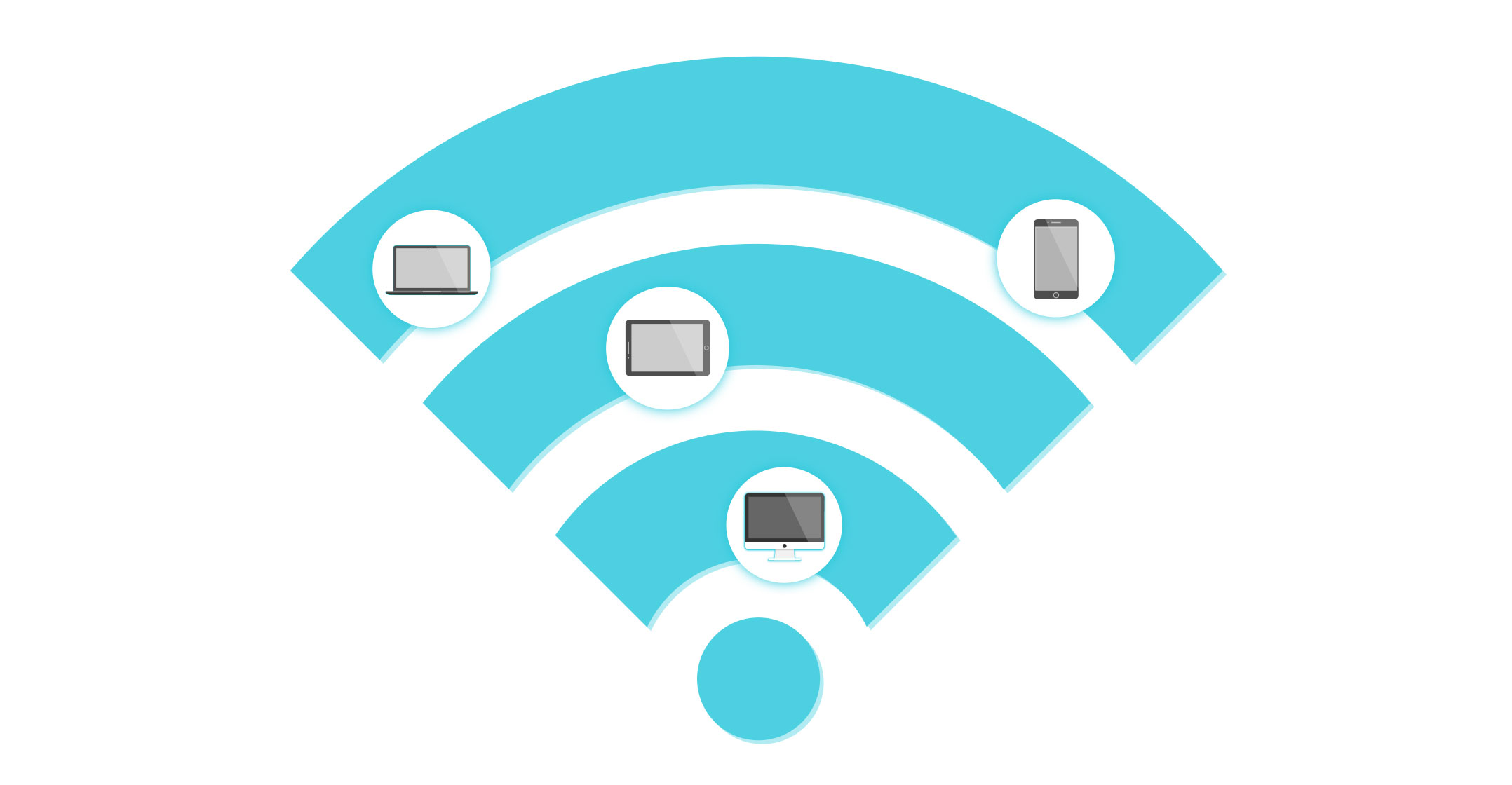 From a cramped living room in Brooklyn, New York, a handful of young computer nerds has developed a new way to use technology to help save lives in natural disasters.
From a cramped living room in Brooklyn, New York, a handful of young computer nerds has developed a new way to use technology to help save lives in natural disasters.
They have designed tiny electronic nodes inside baseball-sized rubber casings that create a special Wi-Fi network spanning more than 260 square kilometres that can be used to connect victims and first responders. It’s a simple and relatively cheap concept, but during a natural disaster when cell towers topple, technology fails and entire communities fall into darkness, communication can be the difference between life and death.
The five young men met competing against each other at computer hackathons. They joined together to compete in a contest sponsored by IBM last year called Call for Code, which asked developers to use cloud, artificial intelligence and other technologies to amplify preparedness for natural disasters. Their entry, Project Owl, which stands for Organisation, Whereabouts and Logistics, uses a “clusterduck” network made of hubs that resemble rubber ducks, which can float in flooded areas. Once deployed, civilians are able to get on their cellphone to connect with first responders. Emergency workers are also able to learn about weather and get information data analytics through the cloud.
The team won the competition, beating more than 2 500 global entries, for a US$200 000 grand prize. In March, they joined representatives from IBM to deploy the devices, known as DuckLinks, across five regions in Puerto Rico that were devastated by Hurricane Maria in 2017.
“In the worst disasters, chaos and misinformation are pervasive,” said Bryan Knouse, 28, CEO and co-founder of Project Owl. “With better information and better analytics, you can get the resources you need to the places that need it most.” Other members of the team include Charlie Evans, 32, Nick Feuer, 25, Taraqur Rahman, 27, and Magus Pereira, 23.
During the two-week pilot programme, Project Owl attached DuckLinks with Velcro to trees in the jungle, perched them atop of sand dunes on beaches, stuck them on car doors and cliff faces and even floated them above buildings in helium balloons. Project Owl managed to create a live Internet network across 2.6 square kilometres using 23 DuckLinks, communicating via the system in areas without cell reception.
Emergency Wi-Fi network
Once the devices are connected, an emergency Wi-Fi network appears on smartphones directing users to a portal where they can send messages to first responders and civil defence teams. The glue of the network is the Papa Duck, which is a cloud software service connected to all the DuckLinks. The Papa Duck offers a bird’s-eye view of the number of civilians accessing the emergency portal and what they urgently need.
Project Owl hopes to have enough tests done to make their network ready in a small capacity for hurricane season on the US East Coast, which begins in July. Every second seems to count.
Since 2000, more than 2.5 billion people have been directly affected by a natural disaster, with the economic impact in the trillions of dollars. Combined, 2017 and 2018 were the costliest years for weather-related disasters on record, with total losses of $653-billion, according to a recent analysis from UK insurance company Aon.
“My hope is that we are able to set up Internet networks quickly at a low cost and that they work,” Knouse said. “It doesn’t have to be fancy, crazy military technology; part of what makes a solution profound is being simple and creative.”
 Greg Hauser, a communications branch manager for North Carolina Emergency Management, was responsible for getting the major networks back up and running after Hurricane Florence battered the Carolinas last September, killing 53 people and cutting power to almost two million. In order to restore connection, wireless carriers shifted portable towers into the counties that lost service. But in some cases this process took as long as 20 hours — leaving emergency responders offline and in the dark during the most critical rescue period.
Greg Hauser, a communications branch manager for North Carolina Emergency Management, was responsible for getting the major networks back up and running after Hurricane Florence battered the Carolinas last September, killing 53 people and cutting power to almost two million. In order to restore connection, wireless carriers shifted portable towers into the counties that lost service. But in some cases this process took as long as 20 hours — leaving emergency responders offline and in the dark during the most critical rescue period.
“If Project Owl could generate some type of network connectivity and generate it out of equipment they drop from the sky — that would be a game-changer for us,” Hauser said.
The Weather Company, owned by IBM, predicts seven hurricanes will strike in 2019, with the potential for three to be major events. While the Project Owl pilot programme proved the system could work, the team knows it has a long way to go.
Project Owl is still very much in the traditional start-up phase, Knouse said. The company’s headquarters are currently in his living room in Brooklyn, with a bench to solder the DuckLinks together set up beside the couch. “Calling it a living room would be embellishing the truth,” Knouse said. “It’s really a factory floor.”
They hope to one day connect an area up to 260 square kilometres or more, but for now are aiming for 26 square kilometres. The next deployment is planned later this month, with DuckLinks being velcroed to trees in a national park in Houston. — Reported by Olivia Carville, (c) 2019 Bloomberg LP

